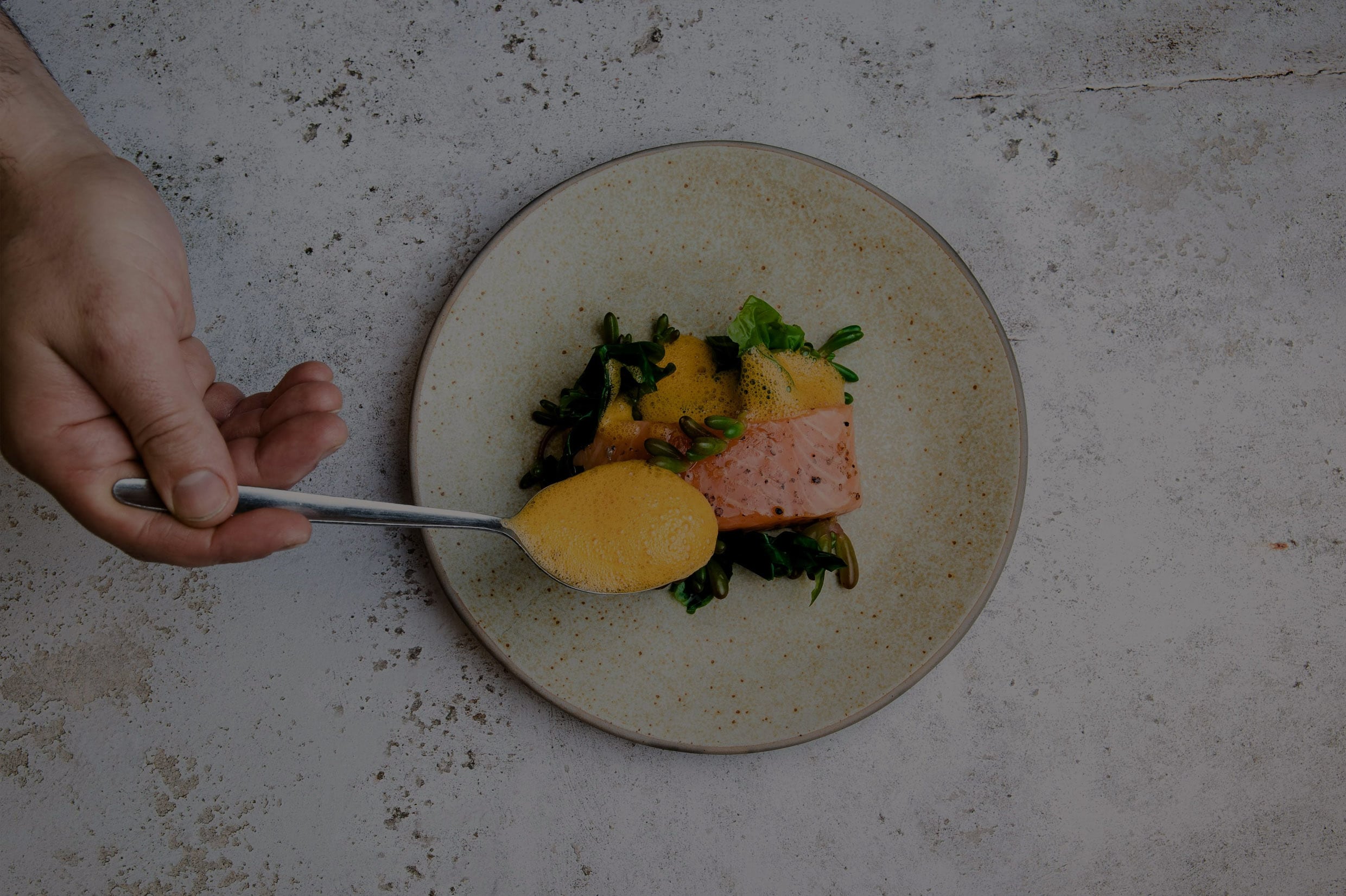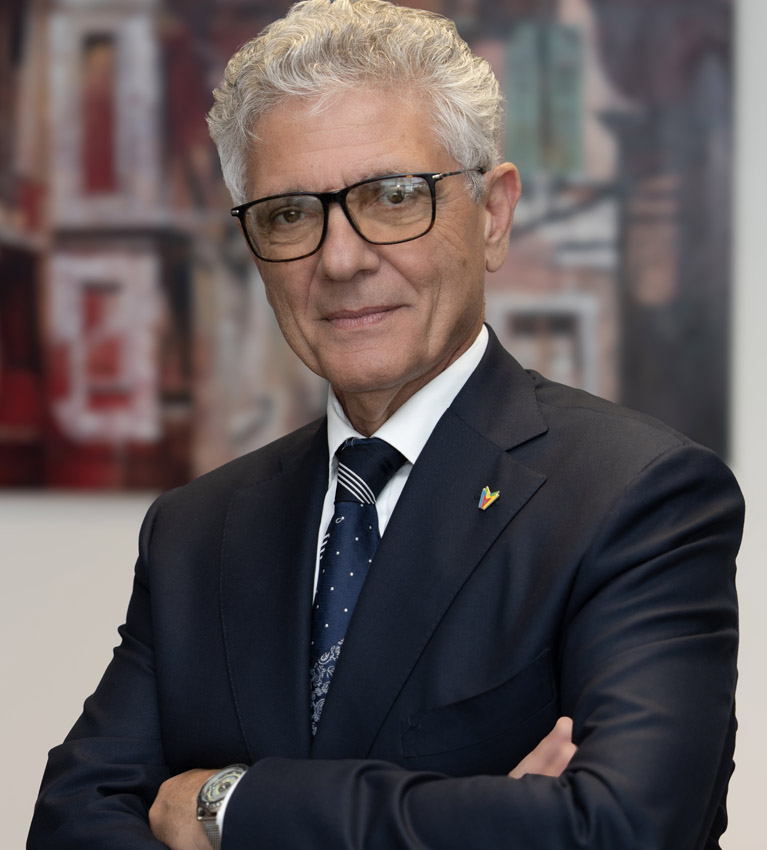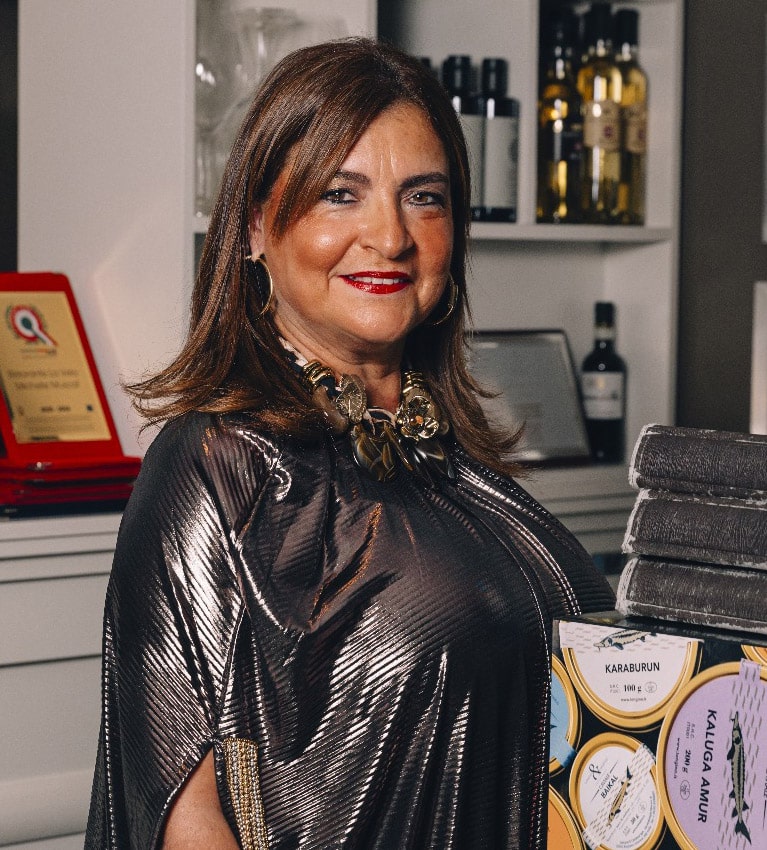
Weaknesses Must Be Seen As Opportunity – ACE

Unlocking the Apertif: A Ritual of Taste, Culture & Quality
October 11, 2025
Bridging the Gap: Connecting Horeca with Malta’s Food Producers
October 11, 2025Now that the dust has settled from the latest restaurants
survey commissioned by ACE, President Michelle Muscat
shares her reactions and views about where the industry
is heading.
Ramona Depares reports.
A couple of months on from the release of a national survey into Malta’s catering sector, the findings are starting to sink in. Patterns have emerged, reactions are sharper, and the picture is clearer, both in terms of what customers want and what restaurants may be getting wrong.
Michelle Muscat, President of the Association of Catering Establishments (ACE), is now urging restaurant owners to take stock. Her call comes as the industry reflects on key insights from the ACE-commissioned survey, which captured the sentiments of both locals and tourists around value, service, and expectations.
The survey, conducted by Prof. Zammit Marmarà for ACE, digs into how behaviour has changed in recent years — not just due to the pandemic, but also rising prices and shifting expectations. It paints a mixed picture. And for Muscat it’s also a prompt for reflection.
“Every operator must understand that the customer is key to their sustainability and of the industry at large,” Muscat said. “Weaknesses and shortcomings should not be seen from a negative point of view but rather as an opportunity for us to grow – both individually and most of all collectively.”
Industry under pressure
Malta’s restaurant landscape is crowded — nearly 4,000 catering establishments for a population of 550,000. Add to that the ongoing impact of inflation and staff shortages, and the competition is intense.
“This is a dynamic market where customers predominantly expect sustainable solutions, flexibility, personalisation, and a wide range of offerings for every taste – from economical and simple options to high-end restaurant catering,” Muscat said. “It is also a constantly changing market in which the catering industry is undergoing a shift shaped by technology, sustainability, and changing tastes.”
Her advice? Don’t bury your head in the sand. “Every operator must refrain from adopting the ostrich approach. We must avoid being short-sighted.”
Tourists spending less, dining cautiously
Tourists in Malta are dining out once a day on average and spending around €42. It’s a clear sign, according to the report, that many are sticking to fixed budgets. Most likely, they’re staying on bed and breakfast or half-board packages. High-end restaurants? Not on the radar.
This aligns with what economists Silvan Mifsud and Alan Arrigo flagged last year — tourist numbers are up, yes, but spending per visitor isn’t. For Muscat, knowing this kind of detail matters. “It is in this customer-centric context that it is the duty of ACE to invest in research and data to offer a clear picture of the state of play of such an important component of what has often been defined as ‘the most important visitor on our premises’.”
Locals are eating out again — but have concerns When it comes to locals, habits seem to be returning to pre-COVID levels. A quarter of Maltese respondents said they dine out once a week. Just under that — 23% — said they go out to eat once a month. It’s in line with Malta’s 2018 standing, when the country ranked third in the EU for household restaurant spending.
But there’s a sticking point. Locals, unlike tourists, aren’t convinced they’re getting good value. Price isn’t necessarily the issue — many said they dine out for leisure rather than cost — but something isn’t sitting right.
Muscat doesn’t skirt around this. “The age-old adage ‘the client is king’ has long been and continues to be the guiding ethos,” she said. “It continues to be so, because at the end of the day with no customer, there is no business. And with no business, there’s no pay cheque for us to take home.”
It’s a sentiment she says operators should carry with them — especially in a fast-paced industry, where trends shift quickly, and diners expect more for their money.
Tips are modest, but expected
The survey also looked at tipping. Most respondents — tourists and locals alike — felt that 5% was fair. That lines up with what’s common across Europe. People usually round up the bill in casual settings. In more formal restaurants, a 5–10% tip tends to be the norm.
What next?
For Muscat, the value of the survey lies not just in what it says — but in what operators choose to do with it. “The research and economic study presented today plays an important role by providing a raw picture of client trends, tastes, habits and preferences,” she said. “Above all, it is a research that calls us to ride on our strengths yet also to act on our weaknesses and shortcomings.”
The message to the industry is straightforward. Listen, adjust, and don’t assume things are fine because people are still showing up.
“Customers are paying attention, and the industry needs to do the same,” Muscat concludes.

Michelle Muscat is currently the President of the Association of Catering Establishments (ACE). An accountant by profession, Ms Muscat previously served as Executive Officer at the Office of the Prime Minister, Personal Assistant to the Managing Director at Salvo Grima Group and Assistant Financial Controller at the Arrigo Group of Hotels Ltd. Within the HORECA industry, she is perhaps best known for her role as owner and manager of Restaurante La Vela located in Pieta
ACE (Association of Catering Establishments) represents a wide spectrum of entrepreneurs ploughing their trade in either of the following commercial outlets: snack bars, cafes, kiosks, casual diners, catering operations located within clubs, fast food take-away, food delivery outlets and fine dining restaurants.
For more information visit https://www.ace-malta.com
Click here to see Horeca Issue 21 online



